Studio82 gets our hands on the new smallrig accessories kit for ursa mini. FIRST LOOK REVIEW12/30/2016 This is a small, straighforward video giving somedetails about the new kit. Overall I'm impressed about the price point and quality of the build. It was a huge honor to receive local recognition for our craft. Thank you to our great community in the Bryan / College Station area. From the arts council website:
The Arts Council thanks all of those who were able to attend Celebrate the Arts on Thursday, September 22, 2016. We hope everyone enjoyed their ride aboard the L’Orient Express. 2016 Celebrate the Arts Award RecipientsM. L. “Sonny” Moss Artist of the Year – Donny Hall Studio 82 Film & Video Production We pride ourselves on the latest tech. This monitor is a heavy hitter that lend the competative edge. Check out the story here! http://www.theeagle.com/news/local/theater-studio-tx-honored-with-downtown-impact-awards/article_340e6d81-6fba-5483-8ea7-3e9b181e1b64.html It was a great way to start the new year and we are super excited for 2016
Slow motion footage is inherently awesome. The simplest things look epic. From an entry level DSLR shooting 60fps to the Phantom series cameras that shoot up to several thousand frames per second, today’s technology lets us push the boundaries of high frame rate shooting. If you’re new to shooting for slow motion, this entry will go over some of the logistical things you should keep in mind when planning out your shots. So let’s dig in. Light Requirements. Just because your camera is shooting slow motion doesn’t mean that it’s magic. Just like any other frame you’re putting together, it needs light. The higher your frame rate, the more light it needs. This translates into the need for fast lenses, well lit areas, and higher ISO. I find myself in a shooting situation where the production is asking for 300fps with the RED Epic and there’s little to no light in the scene. If you don’t have proper lighting for your slow motion shot, you should expect a corresponding result… Let’s do some quick math. If you’re shooting a 180° shutter (standard for most cinematic shooting), your shutter speed will be 1/48 for regular 24fps shooting. Correspondingly, your light needs increase as you raise your frame rate: 24fps = 1/48 (benchmark light level) 48fps = 1/96 (1 stop light loss) 60fps = 1/120 96fps = 1/192 (2 stops light loss) 120fps = 1/240 192fps = 1/384 (3 stops light loss) 240fps = 1/480 300fps = 1/600 (just under 4 stops light loss) 768 fps = 1/1536 (5 stops of light loss) 1,000fps = 1/2000 1,536fps = 1/3072 (6 stops of light loss) This helps give a perspective as to what you need to prep for when shooting high speed. If the translation into light loss doesn’t fully make sense to you – check out my blog entry “Let’s Talk about F Stops“. I can’t honestly remember seeing more than two or three shots of Phantom footage (1,000fps or higher) being shot indoors. It is often shot outside due to the amount of light needed. To sum it up in one thought – the higher the frame rate you’re shooting, the more light you’re going to need. Know your shutter angles and to what extent you want them for your shots and the corresponding amount of motion blur – this can help you in a pinch. If you’re shooting 300fps and can pull off 360° shutter angle instead of 180° – this will allow in twice the amount of light. When you’re talking about extremely high frame rates – this can be a true blessing as long as your image works out. Do some tests at 360° and review the footage. If those motion blur for your action is acceptable, you just gained a full stop off light compared to 180° shutter. Frame rate vs frame base. I recently had someone ask me about the slow motion I shot for a music video. I noted that most of the narrative was shot at 60fps and the band performance footage was shot at 96fps. He asked why I chose not to shoot it at 24p. I explained to him that my frame base was 24p (technically 23.976) but the overcranking shots are captured at the higher frame rate. The frame base is the rate in which all of your footage is being shot; usually 23.976, 24, 25 (PAL), or 29.97 – when capturing footage at 48fps at a 24fps frame base, the footage will play back in real time with a duration of two seconds of footage per second of footage captured. Ten seconds of footage at 48fps (24p frame base) will yield 20 seconds of footage in playback. This isn’t really a factor to prepping for a slow mo shot – but more something that people should be generally aware of. Audio. I’ve never seen a camera that record audio while shooting at an off-time frame rate – whether it is overcranking or undercranking. I don’t think I ever will either. This is simple enough. If you need audio captured for any off-time frame rate shooting, make sure you have an external recording sound device (or better yet a sound recordist) on deck to capture the audio you need. Flickering Lights. If you’re working around practicals that are fluorescents, there’s a good chance you’re going to see flickering. If you’re shooting narrative and it’s not horror genre, this is very likely to be unwanted. When it comes to current cycles and older wiring, fluorescents are most often not flicker free. Bring your own lights. Do camera tests to make sure things look how they should in playback. Even flicker-free HMIs can fall short when it comes to shooting high speed. Their flicker free ballasts usually have a switch between flicker-free and normal running and when switching you will see a reduction – but often still see a rolling band through the footage. Currently, I often default to tungsten hot lights when shooting anything about 60fps. Here is a link to a music video that has a lot of flickering practical fluorescents in it (the director liked it, so we went with it): The Overseer – “Amend” music video Record time. This part is important to keep an eye on. You can really blow through your media quickly. For example – if you’re shooting 120fps at 5K resolution on the RED Epic, you’re recording media at a 5:1 ratio. For every one minute of record time, it’s capturing five minutes of footage. A media card that normally holds 25 minutes of footage will now hold approximately 5 minutes of footage. Likewise, 300fps at 2k resolution on the RED Epic is recording at a 12.5:1 ratio. One minute of record time at that setting will capture more than twelve minutes of footage. If you plan your shots carefully, you’ll make the most of your media. Try not to waste footage unnecessarily at the beginning or end of takes and make sure everyone is ready to go before you roll the camera. Speeding up slow motion footage in post. Be careful with this. While it’s true you can speed up slow motion footage in post – the shutter speed is going to speed up with the footage along with it. This can sometimes have a really weird and overly energetic look if you’re going for a cinematic 180° shutter for the rest of your footage. If you think you might need to do this, instead of taking that chance – you may want to consider shooting a take or two in real-time or at different frame rate that’s not quite as slow. Adjusting the speed of your camera movements. When you’re slowing down your footage by shooting high frame rate, you may need to take a second to estimate the proper speed of your camera moves so they’re the right speed when you play the footage back. If you are overcanking and don’t compensate for that frame rate with your camera move, it will probably end up being slower than you want it to be. The higher the frame rate, the faster you’ll need to move the camera compared to how it would move for the same shot in real time. This takes a little getting used to and is often a bit of trial and error – but if you are conscious that it needs to be done, you’re already on the right track. So there you have it… those are most of the elements that come into play with overcranking. It’s awesome stuff so get out there and have fun shooting the world super slow. Written by:
We have been hard at work developing a ten part video advertising campaign for members of the Downtown Bryan association advertising co-op. We have officially licensed some amazing music and are getting ready to release a lot of local ads right before the holiday season. We wanted to take a moment and thank members of our local community that strive to make Bryan an amazing place to live. More to come soon! Get your commercial message out there before the holiday season. Book now for an October shoot date. Only 8 slots remain. These are high quality HD commercials with licensed music and your choice of voice over. You receive the HD files for your upload to youtube / Facebook / and local news advertising. Be as unique as you like, or let us handle all the creative aspects! I'm super proud to be working with Capital Farm Credit on a new line of corporate videos. Our colloborations are designed to forge into new areas of diversity for the company with a new narrative - story telling approach.
The project has been completed and will be posted upon public release! We were super proud to be part of such an amazing project. Although we can't release many details about the project - we can tell you the results... Interphex 2015 VideoWe LOVE being part of RESULT ORIENTED projects!
|
AuthorDonny Hall is film maker and junk collector who fights for your right to party. Archives
December 2016
Categories |
College Station Video Production | Texas Videographer Donny Hall | Copyright 2022 Studio82tx

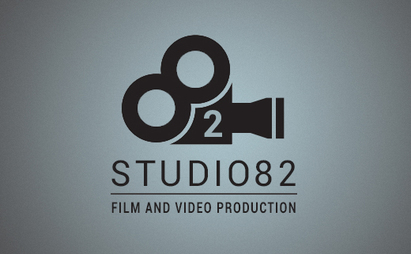
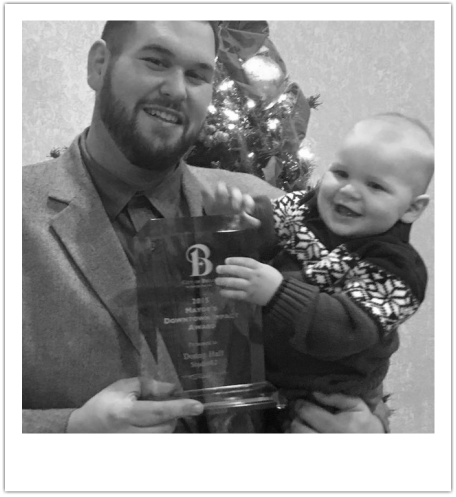
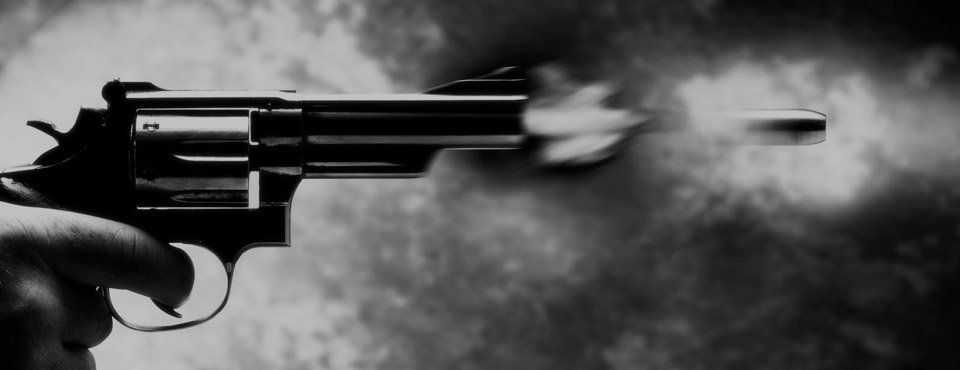
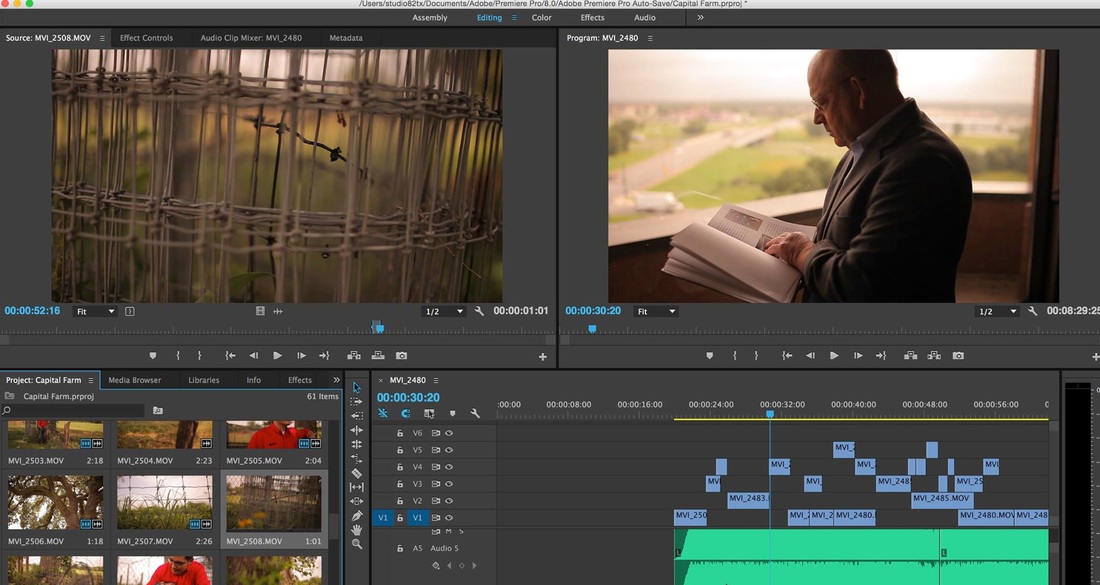
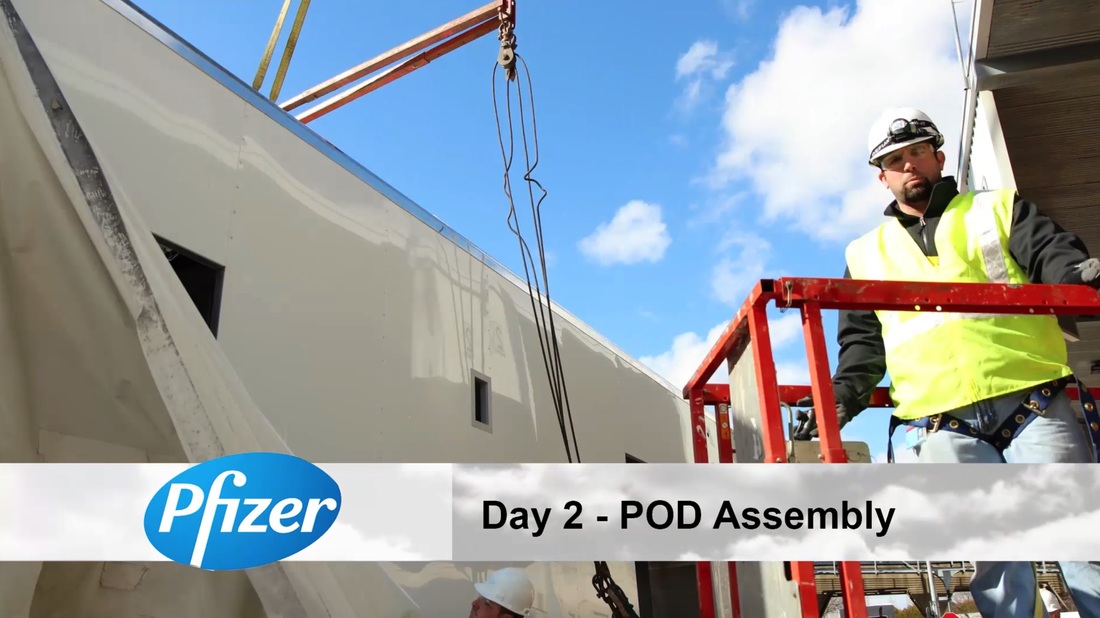

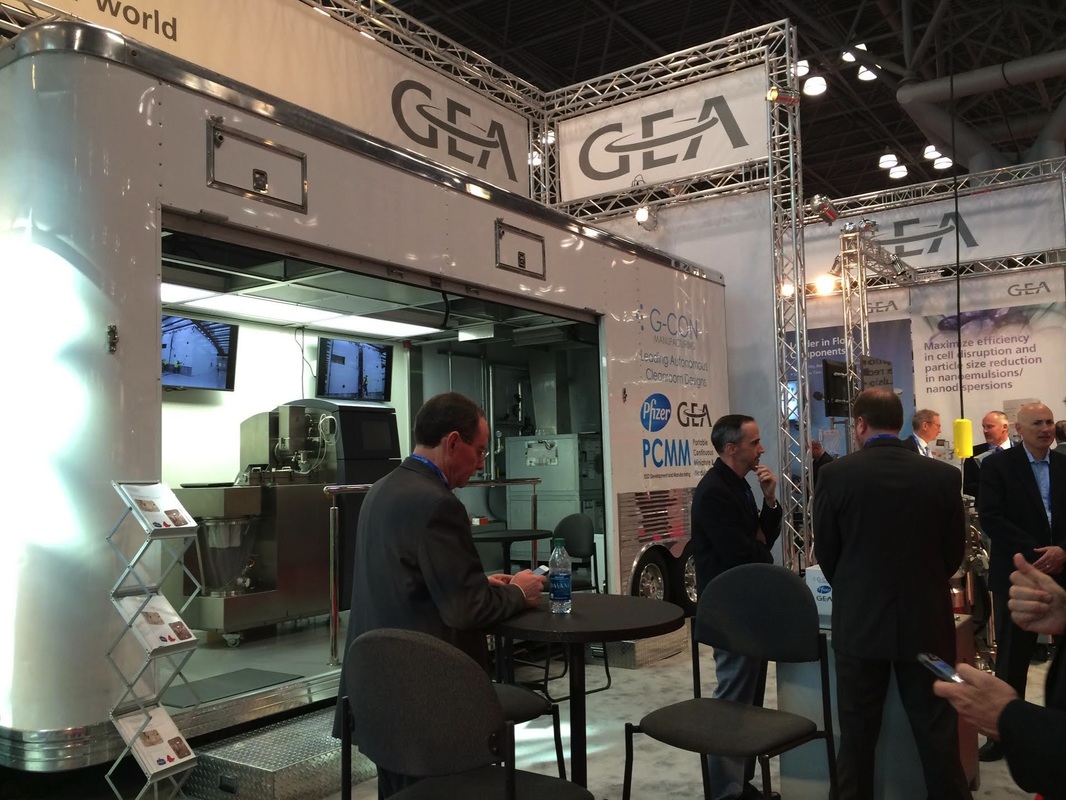
 RSS Feed
RSS Feed